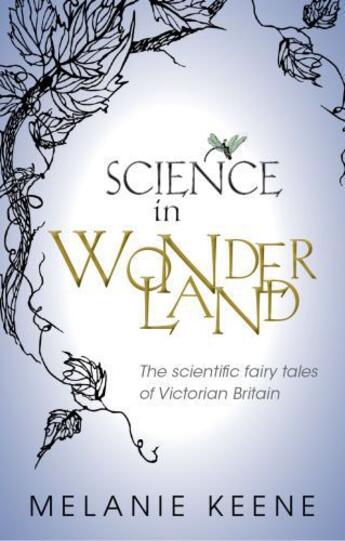Des idées de lecture pour ce début d'année !
Passionné(e) de lecture ? Inscrivez-vous
gratuitement ou connectez-vous pour rejoindre la
communauté et bénéficier de toutes les fonctionnalités du site !

In Victorian Britain an array of writers captured the excitement of new scientific discoveries, and enticed young readers and listeners into learning their secrets, by converting introductory explanations into quirky, charming, and imaginative fairy-tales; forces could be fairies, dinosaurs could be dragons, and looking closely at a drop of water revealed a soup of monsters.
Science in Wonderland explores how these stories were presented and read. Melanie Keene introduces and analyses a range of Victorian scientific fairy-tales, from nursery classics such as The Water-Babies to the little-known Wonderland of Evolution, or the story of insect lecturer Fairy Know-a-Bit. In exploring the ways in which authors and translators - from Hans Christian Andersen and Edith Nesbit to the pseudonymous 'A.L.O.E.' and 'Acheta Domestica' - reconciled the differing demands of factual accuracy and fantastical narratives, Keene asks why the fairies and their tales were chosen as an appropriate new form for capturing and presenting scientific and technological knowledge to young audiences. Such stories, she argues, were an important way in which authors and audiences criticised, communicated, and celebrated contemporary scientific ideas, practices, and objects.
Il n'y a pas encore de discussion sur ce livre
Soyez le premier à en lancer une !

Des idées de lecture pour ce début d'année !

Si certaines sont impressionnantes et effrayantes, d'autres sont drôles et rassurantes !

A gagner : la BD jeunesse adaptée du classique de Mary Shelley !

Caraïbes, 1492. "Ce sont ceux qui ont posé le pied sur ces terres qui ont amené la barbarie, la torture, la cruauté, la destruction des lieux, la mort..."